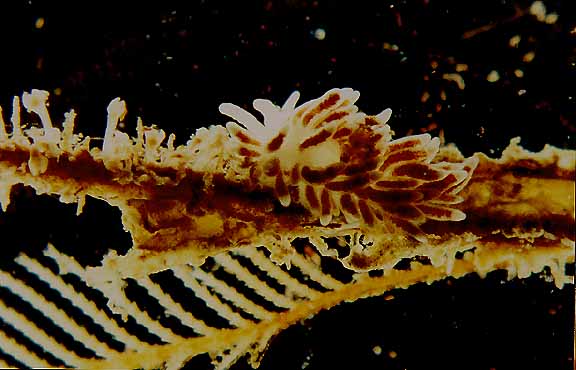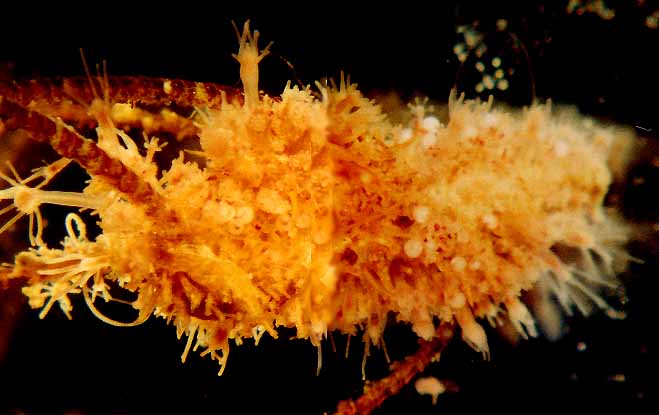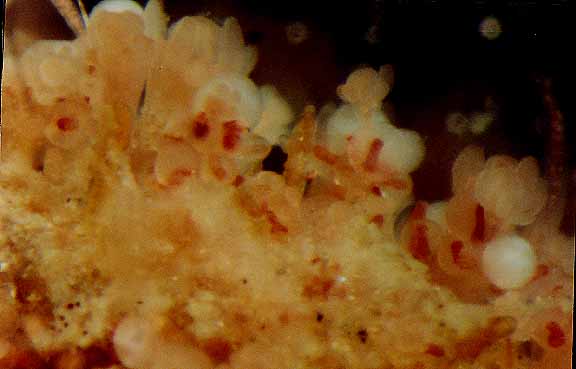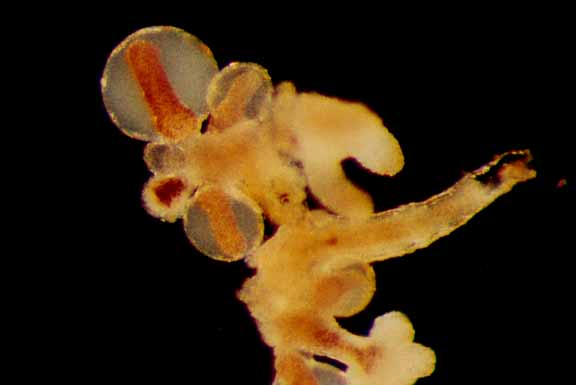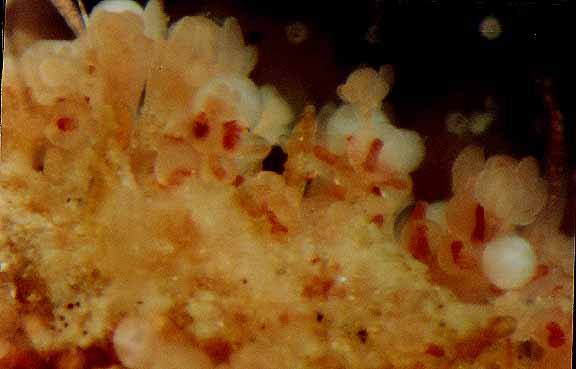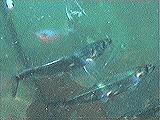In September of 1999, the students of the Environmental Systems Class collected the shells in the midden surrounding the nest of a pair of Black OysterCatchers at Race Rocks, They analysed the size, species diversity, and species frequency of the shells. The following data and charts are presented in order to provide information about the role of this seabird in the intertidal ecology of Race Rocks.
| Numbers of Shells Collected Near Black Oyster Catcher’s Nest | |||||
| Limpets: Mask, Shield, and Plate | 350 | ||||
| Limpets: Whitecap | 70 | ||||
| Limpets: Fenestrate | 19 | ||||
| Limpets: Rough Keyhole | 2 | ||||
| Chitons: Black Katy | 73 | ||||
| Chitons: Mossy | 13 | ||||
| Chitons: Lined Red | 7 | ||||
| California Mussels | 342 | ||||
| Ribbed Whelk | 5 | ||||
| Amphisia Snail | 1 | ||||
Average Size of the Oyster Catcher’s Food california mussels –5.2875 cm plate,mask,shield limpets–3 cm whitecap limpets 5.2875 cm 3 cm 2.985 cm Size of Oyster Catcher’s Food: Raw Data, in cm
| california mussels | plate, mask and shield limpets | white cap limpets |
| 3 | 2 | 1.7 |
| 4 | 2.2 | 2.1 |
| 4.2 | 2.5 | 2.3 |
| 4.5 | 2.8 | 2.4 |
| 4.6 | 2.8 | 2.5 |
| 4.6 | 2.8 | 2.6 |
| 4.7 | 3 | 2.7 |
| 5.2 | 3 | 2.8 |
| 5.25 | 3.1 | 2.9 |
| 5.3 | 3.2 | 3 |
| 5.5 | 3.4 | 3.2 |
| 5.5 | 3.4 | 3.2 |
| 5.5 | 3.5 | 3.2 |
| 5.8 | 3.5 | 3.2 |
| 6. | 3.5 | 3.3 |
| 6.5 | 3.5 | 3.6 |
| 6.6 | 3.6 | 3.7 |
| 7.5 | 3.8 | 3.8 |
| 7.8 | 3.8 | 3.8 |
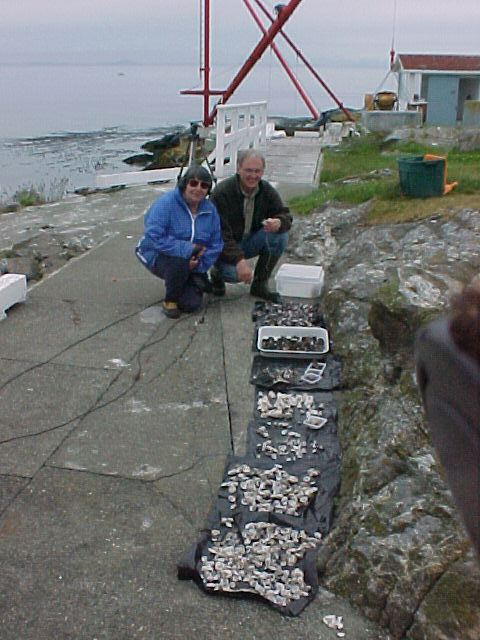
Garry Fletcher and Ecoguardian Carol Slater examining sorted shells of black oystercatcher prey from on midden.



